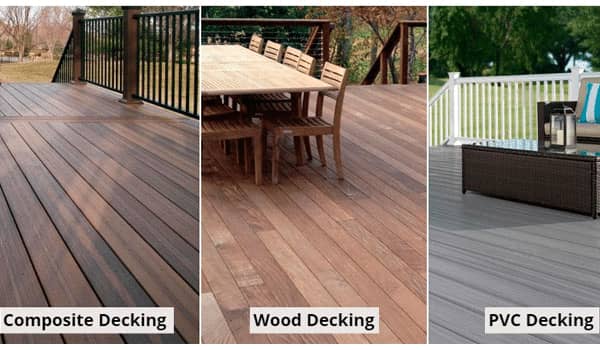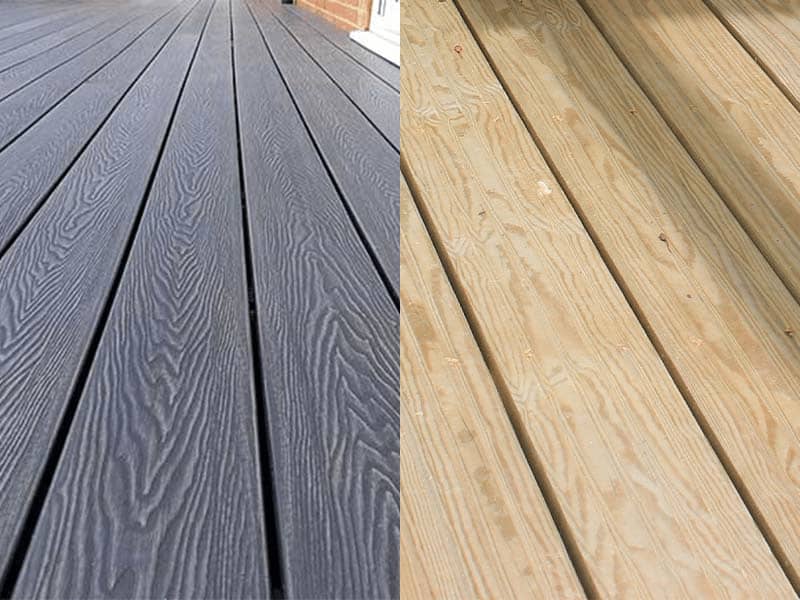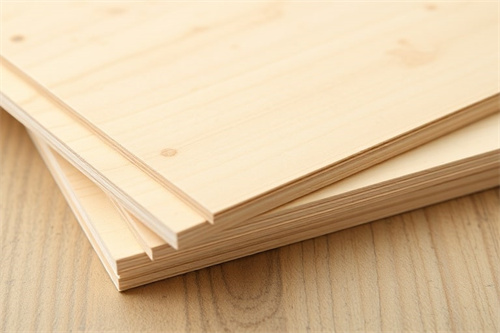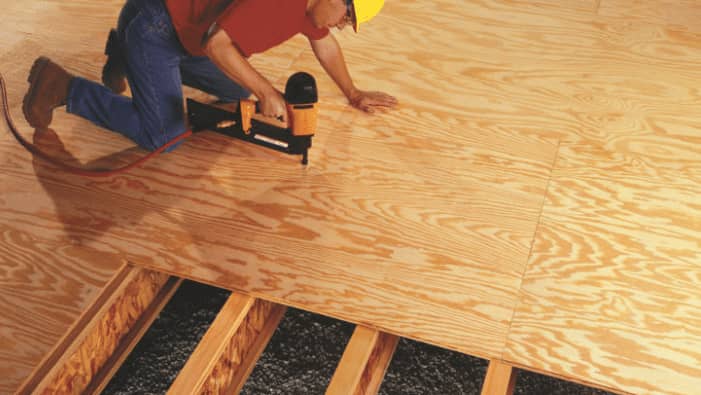Elegir las láminas de cama adecuadas puede marcar la diferencia entre una noche de sueño reparador y dar vueltas en la cama sobre un colchón sin apoyo. Aunque a menudo se pasan por alto, estos humildes soportes desempeñan un papel crucial en la comodidad y longevidad de su cama. Esta completa guía se adentra en el mundo de los somieres, centrándose en las diferencias clave entre madera dura y las opciones de compuestos, para ayudarle a tomar una decisión informada para sus necesidades y preferencias específicas.
Conceptos básicos

¿Qué son los somieres?
Los somieres, a veces denominados láminas, son tiras de material que se extienden a lo ancho del somier y forman la base de apoyo del colchón. Suelen ser de madera o metal, aunque también las hay de plástico. Junto con el somier, las láminas distribuyen el peso uniformemente, favorecen la circulación del aire y evitan que el colchón se hunda, garantizando un entorno de descanso cómodo e higiénico.
¿Por qué son importantes los somieres?
- Apoyo y comodidad: Las láminas de cama proporcionan un soporte esencial para su colchón, evitando que se hunda y garantizando una superficie de descanso cómoda. Esto es especialmente importante para las personas o parejas de mayor peso, así como para quienes prefieren una superficie de descanso más firme. Un soporte de láminas inadecuado puede provocar incómodos puntos de presión y un sueño menos reparador.
- Circulación de aire: Los espacios entre las láminas permiten la circulación del aire bajo el colchón, lo que evita la acumulación de humedad e inhibe la formación de moho. Esto es especialmente importante para las personas que viven en climas húmedos o que tienden a dormir con calor, ya que ayuda a regular la temperatura y a mantener un colchón con olor fresco.
- Longevidad del colchón: Un soporte de láminas adecuado puede prolongar considerablemente la vida útil de su colchón al evitar el desgaste prematuro causado por el hundimiento. Esto se debe a que un colchón bien soportado experimentará menos tensión en sus componentes internos, como los muelles o las capas de espuma, preservando su resistencia y confort con el paso del tiempo.
Láminas de madera dura: La fuerza natural
¿Qué es la madera dura?
La madera dura procede de árboles de hoja caduca que pierden sus hojas estacionalmente, como el roble, el arce y el cerezo. Estas maderas son conocidas por su durabilidad, resistencia y belleza natural, lo que las convierte en una elección popular para muebles y construcciones en las que se valora la longevidad y el atractivo estético. Cada especie de frondosas tiene características únicas, como el veteado, las variaciones de color y los niveles de dureza, que influyen en su idoneidad para aplicaciones específicas como los listones para camas.
Tipos de láminas de madera dura
- Roble: El roble es una elección clásica para los somieres, apreciado por su resistencia, durabilidad y atractivo veteado. Es una madera dura fácil de conseguir, lo que la convierte en una opción rentable para muchos fabricantes de muebles. Los listones de roble son conocidos por su capacidad para soportar cargas pesadas y resistir el alabeo con el paso del tiempo.
- Arce: El arce es otra madera dura, resistente y duradera, conocida por su grano fino y suave y su color claro. A menudo se prefiere por su resistencia a los arañazos y las abolladuras, lo que la hace adecuada para muebles muy transitados. Los listones de arce ofrecen una estética refinada con sus sutiles veteados y su color uniforme.
- Cereza: El cerezo es una preciada madera dura conocida por su rico color marrón rojizo y sus elegantes veteados, a menudo utilizada en muebles de alta gama. Es conocido por su capacidad para oscurecerse y desarrollar una hermosa pátina con el tiempo, lo que aumenta su atractivo. Los listones de cerezo aportan un toque de sofisticación y calidez a cualquier dormitorio.
Ventajas de los somieres de madera dura
- Belleza natural: Las lamas de madera noble añaden un toque de calidez natural y carácter a cualquier dormitorio, con patrones de veteado únicos que realzan su atractivo estético. Esta variación natural hace que cada lama sea única y añade interés visual al somier, creando una sensación de artesanía y autenticidad.
- Durabilidad y resistencia: Las maderas duras son fuertes y duraderas por naturaleza, capaces de soportar años de uso sin sufrir un desgaste significativo. Esto las convierte en una opción fiable para las láminas de cama, ya que proporcionan un soporte constante para su colchón a lo largo del tiempo, incluso con el uso nocturno y cargas de peso variables.
- Sostenibilidad: Cuando procede de bosques gestionados de forma responsable, la madera de frondosas es un material renovable y sostenible. Elegir madera de frondosas procedentes de fuentes sostenibles certificadas garantiza que los bosques se gestionen de forma responsable para las generaciones futuras, minimizando el impacto medioambiental.
Láminas de lecho de composite: Diseñadas para rendir
¿Qué son los materiales compuestos?
Los materiales compuestos se fabrican combinando dos o más materiales diferentes para crear un nuevo material con propiedades mejoradas. En el caso de los somieres, los materiales compuestos más comunes son la madera contrachapada y la madera de chapa laminada (LVL). Estos materiales están diseñados para superar algunas de las limitaciones de la madera natural, ofreciendo una mayor resistencia, estabilidad y resistencia a la humedad, lo que los hace adecuados para aplicaciones exigentes.
Tipos de láminas de lecho compuesto
- Contrachapado: Los listones de contrachapado se fabrican encolando finas capas de chapa de madera con vetas alternas para aumentar su resistencia y estabilidad. Esta técnica de veteado cruzado ayuda a distribuir la tensión uniformemente, haciendo que los listones de contrachapado sean menos propensos a alabearse o agrietarse en comparación con la madera maciza. El contrachapado es un material compuesto versátil y rentable muy utilizado en la construcción de muebles.
- Madera de chapa laminada (LVL): Los listones LVL se fabrican encolando múltiples capas de chapa de madera fina con la veta en la misma dirección, lo que da como resultado una resistencia y una estabilidad dimensional excepcionales. El LVL se utiliza a menudo en aplicaciones estructurales donde la alta resistencia y la rectitud son fundamentales, como vigas y cabeceros en la construcción.
Ventajas de los somieres de láminas
- Mayor resistencia y estabilidad: La naturaleza de los materiales compuestos les confiere una resistencia y estabilidad superiores a las de muchas maderas macizas, lo que los hace ideales para aplicaciones pesadas. Por ello, los listones de composite son una buena opción para literas, camas en altillos o camas de plataforma diseñadas para soportar colchones más pesados o un uso frecuente.
- Resistencia a la humedad: Las lamas de materiales compuestos suelen ser más resistentes a la humedad que las de madera maciza, por lo que son adecuadas para entornos húmedos. Esto se debe a que los adhesivos utilizados en los materiales compuestos ayudan a evitar la absorción de humedad, reduciendo el riesgo de alabeo o hinchazón, que pueden comprometer la integridad estructural de las lamas.
- Coherencia: El proceso de fabricación de materiales compuestos garantiza una calidad y unas prestaciones constantes, con variaciones mínimas en cuanto a resistencia o aspecto. Esta uniformidad facilita a los fabricantes la producción de somieres con características de rendimiento predecibles, lo que garantiza un producto fiable y uniforme para los consumidores.
- Asequibilidad: Los somieres compuestos, especialmente los de madera contrachapada, suelen ser más asequibles que los de madera dura, lo que los convierte en una opción económica. Esto se debe a que el proceso de fabricación de los materiales compuestos puede ser más eficiente que la producción de madera tradicional, lo que se traduce en un ahorro de costes que puede repercutirse en los consumidores.
Láminas de madera dura frente a láminas de composite: Una comparación lado a lado
| Característica | Lamas de madera dura | Láminas de cama de material compuesto |
|---|---|---|
| Material | Madera natural de árboles de hoja caduca (por ejemplo, roble, arce, cerezo) | Productos de madera de ingeniería (por ejemplo, contrachapado, LVL) |
| Fuerza | Suelen ser resistentes y duraderos, pero pueden variar en función de la especie y la calidad de la madera. | Excepcionalmente resistente y estable gracias a su construcción de ingeniería |
| Durabilidad | Duradero si se cuida adecuadamente, pero susceptible a arañazos, abolladuras y daños por humedad. | Muy duradero y resistente a la humedad, los arañazos y las abolladuras |
| Resistencia a la humedad | Susceptible de alabearse, agrietarse o dilatarse con la exposición a la humedad. | Más resistente a la humedad que la madera maciza |
| Estética | Las vetas naturales de la madera y las variaciones de color añaden calidez y carácter | Aspecto más uniforme, a menudo carente de la belleza natural de la madera dura |
| Coste | Generalmente más caro que las opciones compuestas | Más asequibles, especialmente los listones de contrachapado |
| Sostenibilidad | Recurso renovable cuando procede de bosques gestionados de forma responsable | Puede ser una opción sostenible en función del proceso de fabricación y los materiales utilizados |
Tabla 1: Comparación entre los somieres de madera y los de material compuesto
Sopesar los pros y los contras: tomar la decisión correcta
| Característica | Lamas de madera dura | Láminas de cama de material compuesto |
|---|---|---|
| Ventajas | * Belleza natural y veteados únicos * Alta resistencia y durabilidad * Material renovable y sostenible | * Resistencia y estabilidad excepcionales * Resistencia a la humedad y durabilidad * Calidad y rendimiento constantes * Asequibilidad |
| Desventajas | * Susceptibilidad a los daños por humedad * Puede ser más caro * Puede requerir más mantenimiento | * Falta de estética de madera natural * Puede parecer menos "premium" comparado con la madera noble |
Tabla 2: Equilibrio de la balanza: Ventajas y desventajas de cada tipo de tablilla
Conclusión:
La elección entre láminas de madera dura y láminas compuestas depende en última instancia de sus necesidades, preferencias y presupuesto. Las láminas de madera ofrecen belleza natural, durabilidad y un toque de lujo, mientras que las láminas de material compuesto destacan por su solidez, resistencia a la humedad y precio asequible. Si tiene en cuenta los factores descritos en esta guía, podrá elegir con confianza las mejores láminas de cama que le proporcionarán un soporte duradero y contribuirán a un sueño cómodo y reparador durante muchos años.




